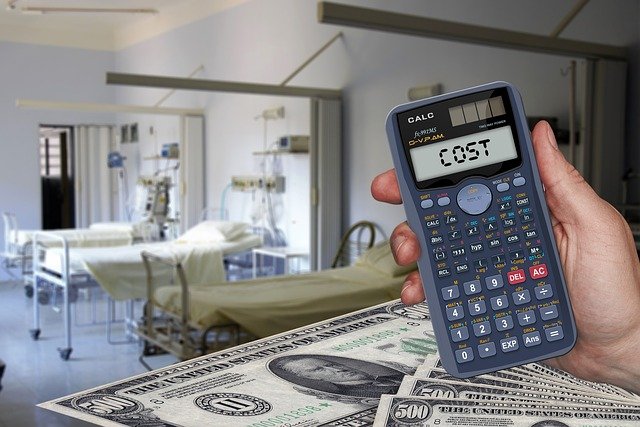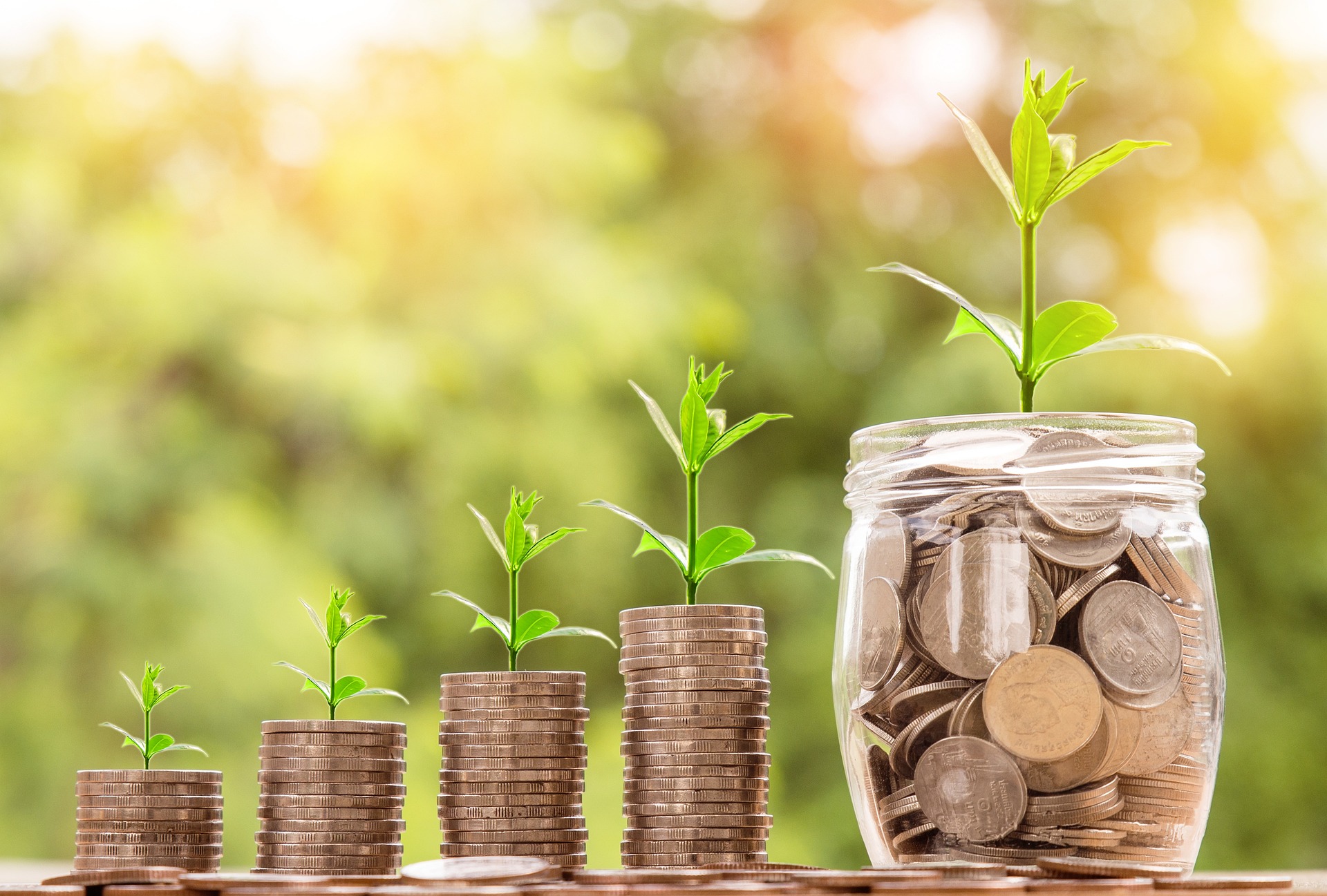The Intricacies of Industrial Eco-Design: A Paradigm Shift in Sustainable Business Practices
The realm of sustainable business practices is witnessing a paradigm shift, spearheaded by the emerging concept of Industrial Eco-Design. Often overlooked in favor of more conventional sustainability approaches, Industrial Eco-Design is an innovative strategy that integrates environmental considerations into product design and development processes, promising a path towards a more sustainable industrial future.
A Closer Look at Industrial Eco-Design
Industrial Eco-Design, also known as Design for Environment (DfE), can be traced back to the 1990s, when environmental concerns began to infiltrate mainstream consciousness. While traditional design processes focused primarily on functionality and aesthetics, Industrial Eco-Design incorporates environmental considerations at every stage, from initial concept development to end-of-life disposal.
This approach minimizes harmful environmental impacts, promotes efficient resource use, and mitigates waste production. Despite being a relatively new concept, Industrial Eco-Design has been adopted by several forward-thinking companies, demonstrating its potential for driving sustainable industrial operations.
Current Applications and Emerging Trends
Numerous businesses across various industries are implementing Industrial Eco-Design, producing tangible improvements in environmental performance. Companies such as Philips and IKEA have integrated DfE principles into their processes, resulting in products with lower environmental footprints and enhanced end-of-life management.
A noteworthy trend in this sphere is the increasing emphasis on lifecycle thinking. Businesses are comprehending that every product has an environmental impact from cradle to grave, and Industrial Eco-Design offers a pathway to manage and minimize these impacts.
The Impact of Industrial Eco-Design
The benefits of Industrial Eco-Design are multifold. Firstly, it results in products with lower environmental footprints, contributing to global sustainability efforts. Secondly, it can lead to significant cost savings through efficient resource utilization and waste minimization. Thirdly, it can enhance a company’s reputation, appealing to increasingly eco-conscious consumers.
However, Industrial Eco-Design also presents challenges. It necessitates a shift in traditional design thinking which could be met with resistance. Additionally, it requires significant upfront investment in research and development, posing a deterrent for smaller businesses.
Practical Insights for Implementing Industrial Eco-Design
-
Start with a clear understanding of your product’s lifecycle and identify potential areas for improvement.
-
Foster a culture of sustainability within your organization to facilitate the adoption of Industrial Eco-Design.
-
Collaborate with external experts or consultants who have specialized knowledge in this field.
-
Regularly review and update your design processes to incorporate the latest best practices in Industrial Eco-Design.
As we journey towards a more sustainable future, Industrial Eco-Design represents a significant step forward. It offers a novel perspective on product design, integrating environmental considerations to minimize harmful impacts and promote sustainability. Despite its challenges, Industrial Eco-Design is an opportunity for businesses to align their operations with global sustainability efforts, enhance their reputation, and achieve long-term growth. As more businesses adopt this approach, Industrial Eco-Design could emerge as a cornerstone of sustainable industrial practices.





